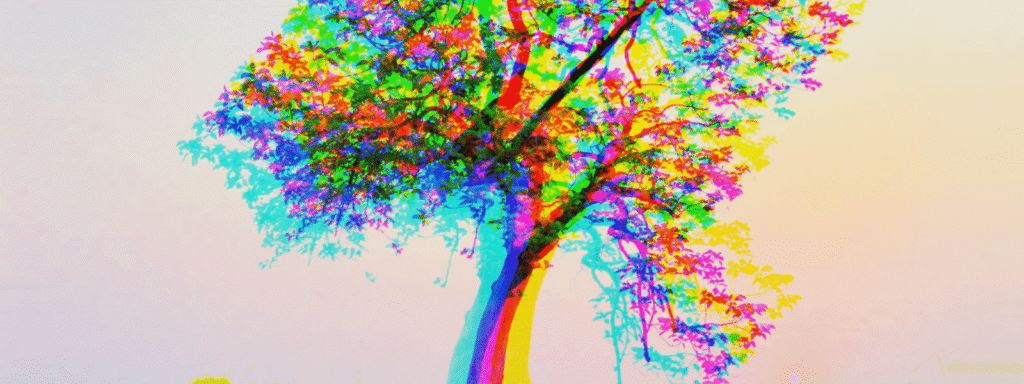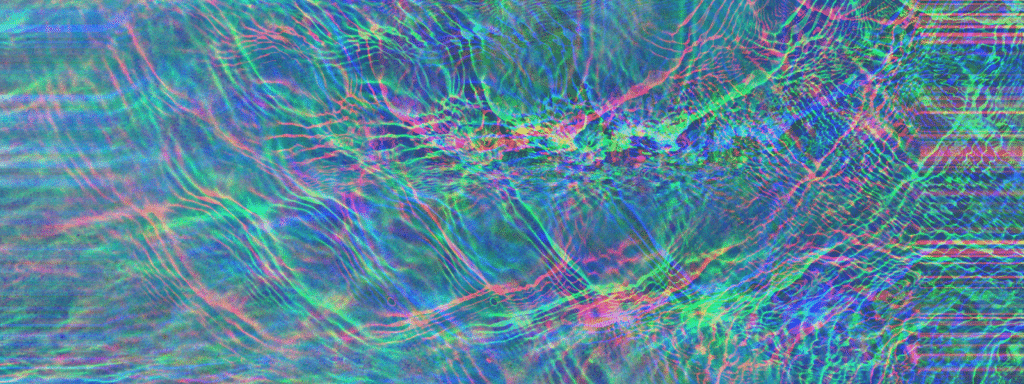
Such considerations, however, are only the tip of the iceberg. Beneath the surface of John’s narrative are multiple theological narratives, each of which highlights a different aspect of the significance of what took place on the cross.
For a start, John’s narrative raises political questions. If Jesus is a king, then what kind of king is he? Where is his kingdom? How does Pilate’s ‘power from above’ (19:11) fit into it? And how can a kingdom prosper when its king is so ready to serve his subjects, not to mention surrender his life?
At the same time, John’s passion is laden with sacrificial imagery. We have a victim bound with cords (like a sacrifice) and led into a priestly courtyard (with a fire/altar at its centre). Later, we have Jesus surrounded by ritual-related imagery such as wood, scarlet fabric, hyssop (dipped in wine/blood), and fresh water (see Leviticus 14), all of which serve to frame Jesus as the culmination of Israel’s sacrifices.
These echoes aren’t the only Old Testament echoes we should be hearing in John 18-19. There is another even older layer of imagery that John wants readers to hear: that of creation.

John and Creation
That John’s Gospel contains allusions to creation isn’t hard to see. Chapter one opens in darkness, with God accompanied by ‘the Word’, against which backdrop the Spirit hovers above the waters (of baptism), and a greater and a lesser light (Jesus and John) emerge on the earth.

1
The Frame
The images and details in John’s narrative provide a contextual frame through which the events are to be seen and interpreted. Unlike the Synoptic Gospels, John’s passion is set within a garden—or, to be more precise, it’s bookended by references to gardens. It opens in the garden near the river Kidron and closes in the garden in which Jesus’ tomb is located. Its events thus (symbolically) unfold within the context of a garden.
Meanwhile, whereas the Synoptics have the skies grow dark at the time of Jesus’ crucifixion, John enshrouds his entire passion narrative in darkness. Its events are initiated by a man who heads out into the night (to betray his master); it opens in darkness when Jesus is arrested in the darkness of the Kidron valley (‘Kidron’ means ‘darkness’); and it concludes at nightfall as Nicodemus—who first approached Jesus at night (John 19:39)—carries Jesus’ body away. Even as Mary sets out for Jesus’ tomb on the first day of a new week, it is still dark.
These details are significant. For John, Jesus’ crucifixion is dark and decreational. As John’s passion week comes to a close, a primordial darkness envelops the land. Mercifully, however, John’s Gospel doesn’t end in darkness. The darkness of the crucifixion is not a darkness which will overcome the light; it is a darkness which stands at the cusp of a new dawn, full of hope. And, in chapter 20, that hope is realised. In and through Jesus’ resurrection (the Son-rise), the darkness is dispelled. A new day dawns.

2
Sequential Imagery
John’s story, however, is far from over. Just as the darkness of the crucifixion is not a darkness which overcomes the light (but anticipates its arrival), so the barrenness of John 19’s garden is not the barrenness of infertility; it is a barrenness of an unformed world that anticipates new life. Buried within it is the body of Jesus—a grain of wheat which has died and fallen into the ground.

3
Juxtapositions
John’s narrative also portrays Jesus as the man who triumphs where Adam fell. These images extend the notion of curse-reversal, but with their spotlight on Jesus’ obedience.
Consider for a start the events of the garden next to the Kidron valley. Whereas the first Adam incriminates (‘The woman gave it to me!’), the last Adam protects (‘Let these men go!’). Whereas the first Adam hides in the garden, the last Adam puts himself in the cross hairs. And, whereas the first Adam is provided with a helper, the last Adam is abandoned.
Next, consider the events of Jesus’ trial. Whereas the first man fails in his task and ‘becomes like the gods’, the God-become-man triumphs. Whereas the first Adam is crowned with glory and honour, which he later exchanges for thorns, the last Adam is crowned with thorns, to be exchanged for a crown of glory. And, whereas the first Adam’s reference to a ‘woman’ is an accusation, the last Adam’s ensures his mother’s safety: ‘Woman, behold your son!’
Finally, consider Jesus’ death. Whereas Adam takes his first breath in a garden, Jesus breathes his last in a garden. Whereas Adam freely eats from a tree, Jesus is compelled to drink from a divinely appointed cup. And, whereas the first Adam’s disobedience brings death to his descendants, the last Adam’s obedience brings life to his people. Per Caiaphas’s prophecy, ‘one man dies for the nation’ (John 11:49–53).
A final reflection
John’s passion narrative involves an array of creation-related images. These images are not randomly arranged, nor can they simply be slotted into our favourite schema. They define their own shape and significance, which they do in order to depict the reversal of Adam’s fall courtesy of Jesus’ steadfast obedience. Moreover, by means of their backdrop of primordial darkness, they situate Jesus’ death at the very dawn of time. Just as the effects of the fall have rippled outwards until all creation has felt their impact, so too will the effects of Jesus’ death, until the whole earth has been filled with the knowledge of God.
April 13, 2022
Notes
[1] See Nicholas Schaser’s excellent paper ‘Inverting Eden: The Reversal of Genesis 1–3 in John’s Passion’ in Word & World, Vol. 40:3 (Summer 2020), pp. 263–270.

